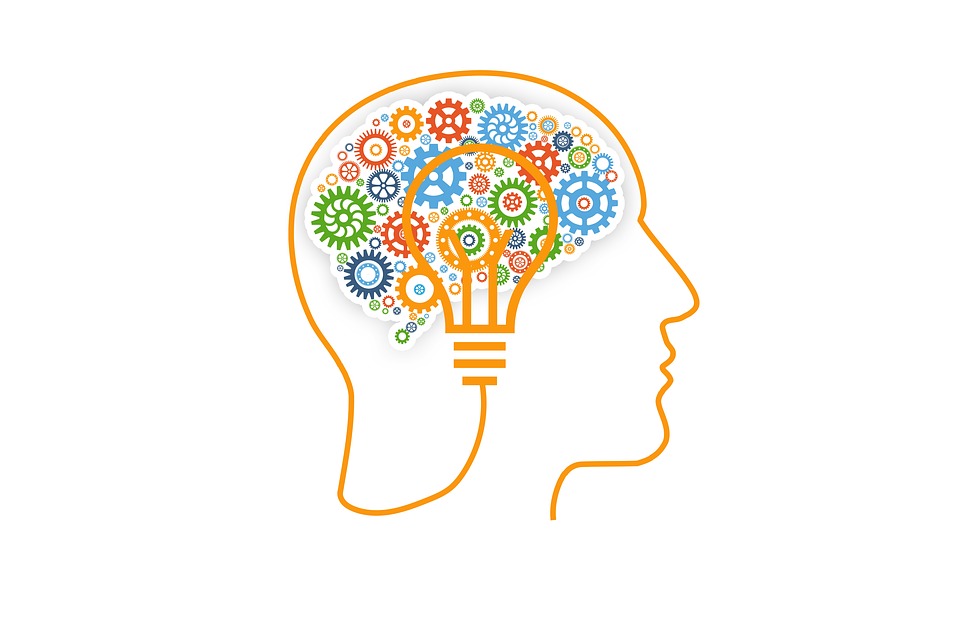
written by Jeffrey Bohnen, current University of Michigan medical student (M3)
Rubbing my eyes, I clicked the final “end block” button with a resounding sigh of relief. After spending two months locked in a room staring at an iPad, finishing the 8-hour United States Medical Licensing Exam felt like returning from hibernation. Walking out of the testing center that day, I was filled with hope for a new world free of cabin fever and excessive blue light.
As a celebration, I immediately left Michigan for an immersive meditation retreat in California. Given the growing wariness regarding a particular virus spreading throughout the world, I packed an N95 mask just in case.
Guided by a deeply insightful instructor, we learned how to embrace difficult experiences and reconnect with emotions we had resisted, instead understanding them as energy in motion and letting them pass through us to provide a path to inner expansion, an opened heart, and a fresh perspective. On the final day, our instructor warned us that life has a weird way of testing you more than ever after a breakthrough, almost as if it wants to pose the question: “Are you sure you want to be at peace?”

As I returned to the land of phone service and WiFi, I quickly got the sense that I had missed a national implosion. The number of COVID-19 cases in the United States had risen exponentially within a matter of days. Access to personal protective equipment was now dangerously limited, while hand sanitizer and toilet paper had been ransacked from stores as the public descended into a state of panic and fear. I had returned from solitude into what would be described as “an invisible war.”
The lessons I had learned about acceptance and emotional connection seemed eerily relevant to this collective state of consciousness. A core principle from the workshop was that emotions, defined as messages from the mind delivered to the body as physical sensations, simply want to be felt. As we allow ourselves to feel, we open ourselves to a state of inner acceptance from which we are best equipped to respond to the ebbs and flows of life. However, when faced with difficult emotions, our fight-or-flight response has a tendency of kicking in. This may lead us to emotionally “contract” in response to unwanted circumstances. While this contractive response may be adaptive for escaping unanticipated violence or hoarding toilet paper, it may ultimately hinder our capacity to judiciously respond to challenges.
So what’s the alternative? And why is it relevant to our world right now?
Feel first. Think next. Then act.
The universe itself is in a constant state of expansion and contraction. Each entity is dependent on the other, just as breathing in and breathing out are inseparable components of the process that gives rise to life. In returning to our breath, we can return to a place of acceptance and strength, embracing the chaos that surrounds us.
As our external world enters into a widespread contraction marked by illness, fear, and social distancing, it is more important than ever to revisit our internal world. When you close your eyes and pay attention to the breath, what physical sensations arise? Where in your body do you notice tension? Can you breathe into these areas? Can you be with these sensations?
You may notice that as you turn your focus inward, certain feelings may be experienced and then released. As these experiences pass through you, you may notice yourself opening into a state of expansion as the emotional contraction dissipates. It is from this place of emotional connection that we allow ourselves to best respond to challenging circumstances with decisiveness, compassion, and grace.
It is worth noting in this time of concern about contagion that meditation may boost immune function. Stress disrupts immune regulation and is associated with increased pro-inflammatory signaling molecules such as IL-6.[1] Not only can we improve our state of mind through inner focus, but we may improve our physical health as well. This is a foundational principle of mind-body medicine, which explores the healing potential in the reciprocal relationship between mind and body. In times like these, the wisdom shared by organizations like the Center for Mind-Body Medicine offers a path to healing that can help humanity stay grounded in the face of disease and collective anxiety.
With this opportunity to revisit our inner relationships, we may ultimately emerge from this transient state of division with a deeper appreciation for our outer relationships. The current global shift has the potential to lay the foundation for transformative changes in how we relate to others, our environment, and our health. The obstacle is not in the way. It is the way. As we face unforeseen challenges that threaten the very breath in our lungs, it is vital to return to our breath as we rise to the call of those in need.
Special thanks to Raphael Cushnir for being the originator of some of the concepts shared in this article. If interested in learning more about Emotional Connection, you can find his work at www.Cushnir.com or read his book, The One Thing Holding You Back.
Special thanks to Noshene Ranjbar, M.D. and Karen Alexander for their guidance in writing this piece.
[1] Godbout JP, Glaser R. Stress-induced Immune Dysregulation: Implications for Wound Healing, Infectious Disease and Cancer. J Neuroimmune Pharmacol. 2006;1(4):421.



